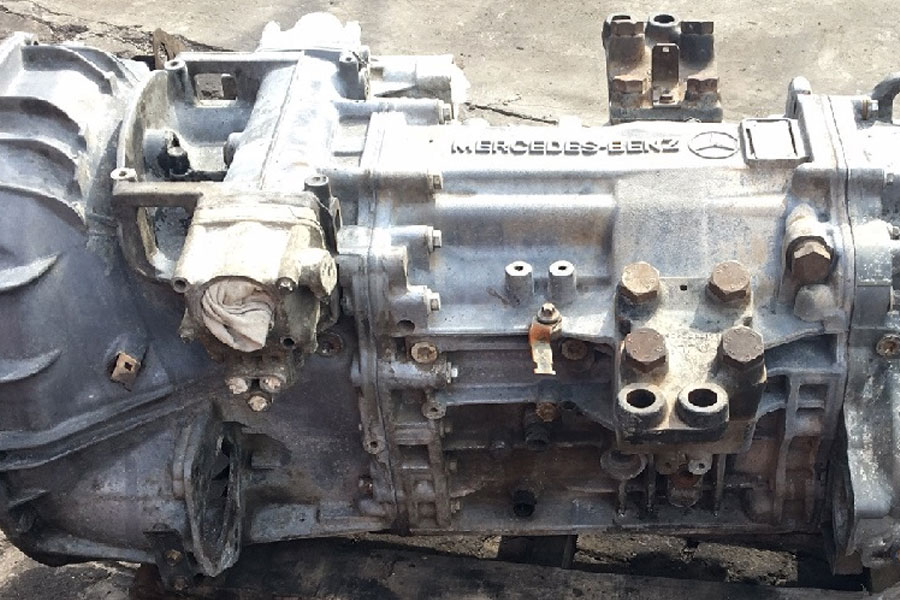1. Have higher static and dynamic stiffness
Machining centers are expensive, and their machining costs are much higher than traditional machine tools, which requires measures to be taken to greatly reduce the titanium machining time of a single piece. Compressing the machining time of a single piece includes two aspects: on the one hand, the development of new tool materials has doubled the cutting speed and greatly shortened the cutting time; on the other hand, the automatic tool change system is adopted to speed up operations such as clamping and changing. This again greatly reduces the auxiliary time. These measures have greatly improved productivity and obtained good economic benefits, but they have also significantly increased the load and operating time of the machine tool. In addition, the structural rigidity of the machine bed, guide rail, worktable, tool rest, and headstock will affect their geometric accuracy and errors caused by deformation. All these factors require CNC machine tools to have higher static stiffness.
Vibration during the cutting process not only directly affects the machining accuracy and surface quality of parts, but also reduces tool life and affects productivity. The machining center is a continuous operation, and it is impossible to make adjustments (such as changing the cutting amount or changing the geometric angle of the tool) to eliminate or reduce vibration during machining. Therefore, the dynamic rigidity of the machining center must be improved.
When designing the structure of the machining center, taking these factors into account, the basic large parts usually adopt a closed box structure, rationally arrange the reinforcing ribs and strengthen the contact stiffness of each component, which effectively improves the static stiffness of the machine tool. In addition, adjusting the quality of components may change the natural frequency of the system. Increasing damping can improve the damping characteristics of the machine tool, which is an effective measure to improve the dynamic stiffness of the machine tool.
2. Has less thermal deformation
The machining center is affected by cutting heat, friction heat and other internal and external heat sources during machining, and various parts will undergo different degrees of thermal deformation, which will affect the machining accuracy of the workpiece. Because the spindle speed, feed speed and cutting amount of the machining center are greater than that of traditional machine tools, and the process is automated, and often continuous machining, the heat generated is more than that of traditional machine tools, which requires measures to be taken to reduce thermal deformation and titanium machining. The impact of accuracy. The main measures are: effective liquid cooling, air cooling and other methods are adopted for the heating source to control the temperature rise; the structure of the machine tool is improved so that the thermal deformation of the component occurs in a non-error sensitive direction. For example, the column of the horizontal machining center adopts a frame-type double column structure, which is symmetrical. Thermal deformation produces vertical translation of the spindle axis. It can be compensated by coordinate correction to reduce heat generation and separate the heat source from the host as much as possible.
3. The friction between the moving parts is small and the clearance of the transmission system is eliminated
The displacement of the worktable of the machining center takes the pulse equivalent as its minimum unit. In the case of tool setting and workpiece alignment, the worktable often moves at a very low speed. This requires the workbench to respond accurately to the instructions issued by the numerical control device, which is related to the friction characteristics of the moving parts.
The machining center uses rolling guides and hydrostatic guides. The static friction of rolling guides and hydrostatic guides is small, and under the action of lubricating oil, their friction increases with the increase of movement speed, which effectively avoids low speed The crawling phenomenon improves the smoothness and positioning accuracy of the machining center. The use of ball screws in the feed system instead of sliding screws is based on the same principle. In addition, the pulse compensation device is used for pitch compensation, which eliminates the star of the feed transmission system, and some machine tools use a gapless transmission pair.
4. High precision and good durability
A good lubrication system ensures the life of the machining center. The guide rails, feed screws and spindle components are all made of new wear-resistant materials, so that the machining center can maintain good accuracy during long-term use.
5. Agreeableness
The machining center adopts multi-spindles, multi-tool holders and automatic tool-changing device, which can complete multi-process titanium machining in one clamping, saving a lot of time for clamping and changing tools. Since manual operation is not required, closed or semi-closed machining is adopted to make the man-machine interface bright, clean and coordinated. The strong interlocking capability of each part of the machine tool can prevent accidents, improve the operator’s observation, operation and maintenance conditions, and is equipped with an emergency stop device to avoid accidents. All operations are concentrated on one operation panel, clear at a glance, reducing misoperations.
